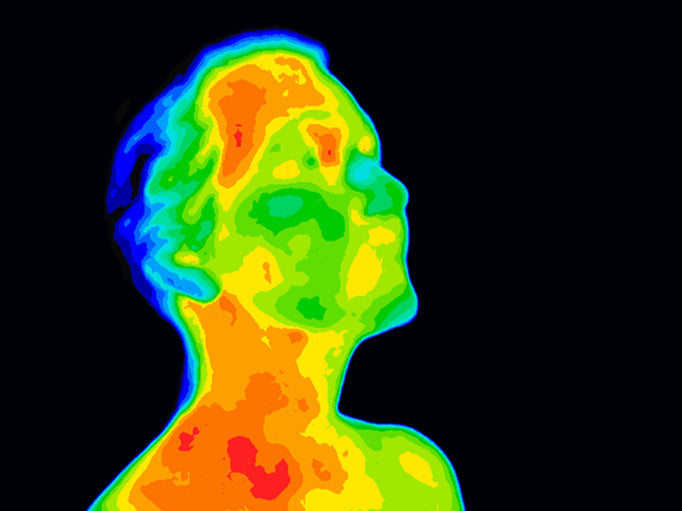Living with chronic reproductive health conditions can be a challenging journey, often filled with uncertainty and discomfort. For many women, conditions like Polycystic Ovary Syndrome (PCOS), Endometriosis, Pelvic Inflammatory Disease (PID), and Lichen Sclerosus can significantly impact daily life and overall well-being. Understanding these conditions, their symptoms, and available treatment options is crucial for managing them effectively.
In this blog post, we will delve into the intricacies of these four conditions, offering insights and support to those affected, and fostering a greater sense of awareness and empathy among readers. Whether you're personally affected or seeking to support a loved one, this post aims to provide valuable information and encouragement on the path to better health.
Endometriosis
What it is: Endometriosis occurs when the endometrial tissue that normally lines the inside of your uterus grows outside of it. The tissue acts normally, but it becomes trapped because it has no way to exit the body. This can lead to severe pelvic pain, particularly during your period, during sex, and with any bowel movements or urination. It may also cause infertility.
What causes it: There's no definitive cause, but possibilities range from retrograde menstruation to immune system disorders. Women who've never given birth, start their periods at an early age, go through menopause at an older age, and have higher estrogen levels are at a greater risk.
How it's diagnosed: A pelvic exam, ultrasound, MRI, laparoscopy—or a combination of these—can help diagnose endometriosis.
How it's treated: Treatment often involves medication, hormone therapy, and surgery (including removal of both the uterus and ovaries). Fortunately, most medical professionals opt for the conservative approach, recommending surgery only when other treatments prove ineffective.
Polycystic ovary syndrome
What it is: Polycystic ovary syndrome (PCOS) occurs when the ovaries product an abnormally high amount of male sex hormones, called androgens. This causes small cysts to form in the ovaries, leading to difficult menstrual cycles and in many cases infertility. It can also lead to acne, abnormal body hair growth, and obesity.
What causes it: There's no known cause, but many women with PCOS aren't able to use insulin well. This buildup of insulin may cause higher androgen levels. Obesity and family history also play roles in the likelihood for developing PCOS.
How it's diagnosed: Tests to diagnose PCOS include a pelvic exam, ultrasound, and blood test.
How it's treated: Because there's no cure, medication is typically used to reduce the symptoms and severity of PCOS. Changes in diet and activity levels can also help.
Pelvic inflammatory disease
What it is: Pelvic inflammatory disease (PID) is an infection that occurs in the female reproductive organs. Symptoms range from lower abdominal pain to vaginal discharge, pain or bleeding during sex, and bleeding between periods.
What causes it: The primary cause of PID is untreated sexually transmitted diseases, particularly chlamydia and gonorrhea, though douching and using an intrauterine device can also cause it. Women with multiple sex partners also have a higher chance for developing PID, which can cause infertility.
How it's diagnosed: While there are no PID tests available, a doctor can diagnose it based on symptoms and a physical exam.
How it's treated: Antibiotics can help clear the infection; however, treatment won't reverse any damage that's already been done to the reproductive system. This makes early diagnosis and treatment important.
Lichen sclerosus
What it is: Lichen sclerosus is a rare condition that occurs primarily near the genital and anal areas that causes white, patchy skin to appear. This skin can cause irritation, tearing, bleeding, and even blistering. Postmenopausal women are at the greatest risk for developing the condition, which can also lead to pain during sex, constipation, and urinary retention.
What causes it: While the specific cause is unknown, many medical professionals believe that hormonal imbalances and an overactive immune system might be factors. Luckily, it's not contagious.
How it's diagnosed: A physical exam and biopsy can help diagnose lichen sclerosus.
How it's treated: Ointments and creams are generally used to give the skin a more normal appearance and decrease the chance for scarring. Because flare-ups might occur, follow-up care is important.
Understanding and addressing conditions like PCOS, Endometriosis, Pelvic Inflammatory Disease, and Lichen Sclerosus is crucial for managing women's health effectively. Each condition presents unique challenges, but with the right knowledge, support, and medical care, individuals can navigate these complexities and improve their quality of life. It's essential to foster open conversations, raise awareness, and advocate for further research and better treatment options. Remember, no one should have to face these conditions alone—support is available, and together, we can make a difference.




